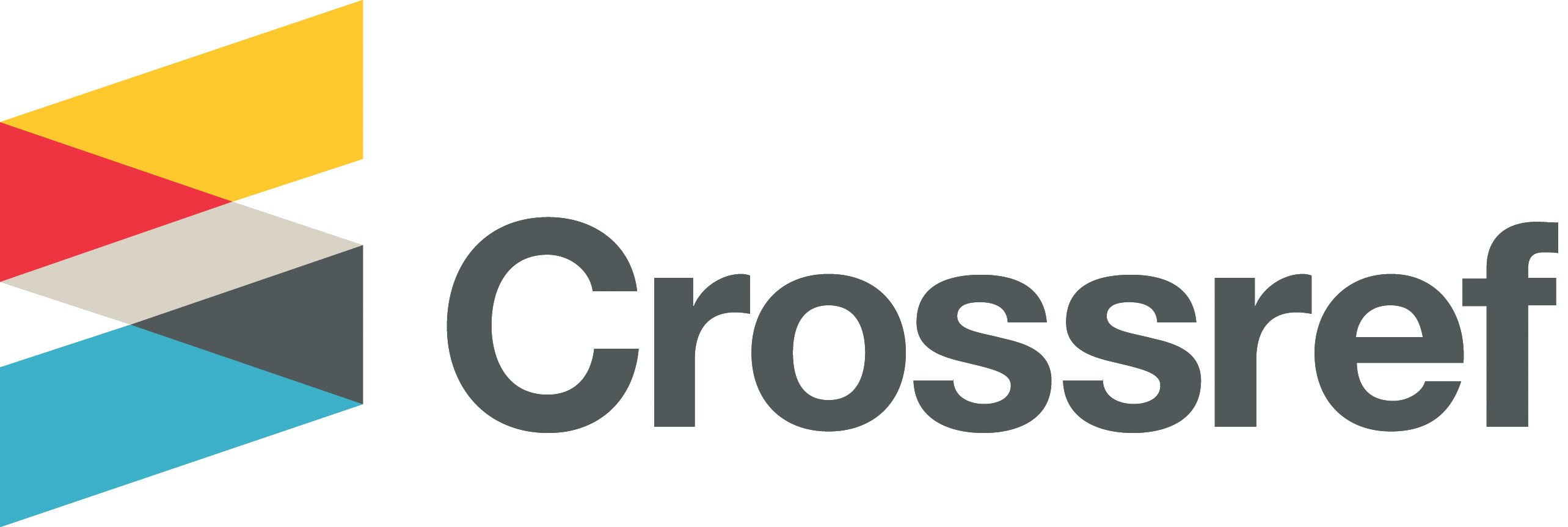The Common Discourse of The Arab tweeters on Normalization
DOI:
https://doi.org/10.33282/abaa.v13i52.770Keywords:
Twitter - Speech - NormalizationAbstract
The study aimes to analyze the discourse of Arab tweeters regarding the normalization of Arab-Israeli relations on the social media site (Twitter).
Study Methodology: The study relay on the survey method, using the comprehensive survey method, and this research is one of the descriptive types that aim to describe the phenomenon in a qualitative way, and discuss it through the method of in-depth analysis, in addition to using the tools of (discourse analysis).
Study sample: A sample of (8686) tweets for (7425) tweeters, which was posted on Twitter during the period from 15/9 to 30/9/2020, on the issue of normalizing Arab-Israeli relations.
Study tools: The data study was collected using the data mining tool from social networks (NodeXL), along with a discourse analysis sheet.
The most prominent results of the study:
The thesis (popular rejection of normalization with Israel) rank first for the theses addressed in the tweets. The negative features attributed to the active forces in the Arab countries focused on their official position in support and defender of normalization. As for the positive features, the role and popular position rejecting normalization were shared. The frameworks of the case focused on the framework of Palestinian reconciliation, the framework of the US-Iranian conflict in the Middle East, and the framework of the conflict within the ruling regimes regarding normalization. While the personality framework focused on Palestinian martyrs, Arab presidents and rulers who support normalization, as well as clerics. The causes and consequences were varied in their content.
References
of Palestine in Western Social Media Based on Twitter, Master,
The Islamic University–Gaza: Faculty of Information Technology.
Amr Osman, Marwa Abdel Samei (2012), The Media and the Making
of the 2011 Egyptian Revolution, Global Media Journal, Vol. 2.
No. 1. P. 3.
Deegan, Jason; Hogan, John; Feeney, Sharon; and O’Rourke,
Brendan K. (2018) “The Self and Other: Portraying Israeli and
Palestinian Identities on Twitter,” Irish Communication Review:
Vol. 16: Iss. 1, Article 8. Available at: https://arrow.tudublin.ie/icr/
vol16/iss1/8.
Gaughan, A. J. (2017). Trump, Twitter, and the Russians: The Growing
Obsolescence of Federal Campaign Finance Law. S. Cal. Interdisc.
LJ, 27, 79.
Gerrit van Straalen, (2017), The impact of the coverage of Israel and
Palestine on Twitter on the public reaction during the Israel-Palestine
conflict in the summer of 2014, Bachelor Thesis, Leiden
University: Social Sciences Faculty, P 20.
Ilan Manor ,Rhys Crilley (2018), Visually framing the Gaza War of
2014: The Israel Ministry of Foreign Affairs on Twitter, Media,
War & Conflict, Vol. 11(4) 369-391, , available at: https://doi.
org/10.1177/1750635218780564
Knobloch, Katherina, “Public Spheres, Alienation, and Democracy:
The Influence of Non deliberative Public Sphere Structures on
Democratic Governance”, Paper Presented at The annual meeting
of the international communication association, Boston,
May 25, 2011, p12. Available at: http://citation.allacademic.com/
meta/p_mla_apa_research_citation/4/9/0/9/4/p490949_index.htm
Mitchell, A., Gottfried, J., Kiley, J., & Matsa, K. E. (2014). Political
Polarization & Media Habits. Retrieved January 15, 2020 from
http://www.journalism.org/2014/10/21/politicalpolarization-media-
habits
Oda, S. (1967). The normalization of relations between Japan and
the Republic of Korea. American Journal of International Law,
61(1), 35-56.Accessed: 06/02/2015
Vincent, Cindy, New Media in the Public Sphere: Public Sphere
Formation in Spaces of Conflict, Paper Presented at The annual
meeting of the NCA 96th Annual Convention, San Francisco,
Nov 13, 2010, p8. Available at: http://citation.allacademic.com/
one/www/research/index.php
Wells, C., Shah, D. V., Pevehouse, J. C., Yang, J., Pelled, A., Boehm,
F., Schmidt, J. L. (2016). How Trump Drove Coverage to the Nomination:
Hybrid Media Campaigning. Political Communication,
33(4), 669-676. doi:10.1080/10584609.2016.1224416
Zhang, Y. N., Wells, C., Wang, S., & Rohe, K. (2018). Attention and
amplification in the hybrid media system: The composition and
activity of Donald Trump’s Twitter following during the 2016
presidential election. New Media & Society, 20(9), 3161-3182.
doi:10.1177/1461444817744390.
العمر، محمد، من منشورات الجامعة الافتراضية السورية ، 2020 ،ص 164
دبلوماسية «الهاشتاج »: لماذا يتزايد استخدام موقع «تويتر » كمنصة للهجوم
السياسي؟، مركز المستقبل للأبحاث والدراسات المتقدمة، 29 / 3/ 2017 ، متاح
على الرابط .https://futureuae.com
زاهية يسعد، الإعلام الاجتماعي ودوره في صناعة و تغذية الأزمات: « دراسة تطبيقية
على عينة من التغريدات إبان الأزمة الخليجية »2017 ، مجلة الباحث الإعلامي،
مج 12 ، ع 47 ، )جامعة بغداد: كلية الإعلام، 2020 (، ص 59 - 72 .
فاطمة عبد الكاظم، حنان حيدر، التسويق السياسي وتشكيل اتجاهات الراي العام في
مواقع التواصل الاجتماعي: دراسة تحليلية لصفحتي رئيسي الوزراء ومجلس
النواب العراقي في الفيس بوك، مجلة الباحث الإعلامي، ع 39 ، )جامعة بغداد:
كلية الإعلام، 2018 (، ص 183 - 184 .
محمد بلعيشة، محمد الأزهر العبيدي، التداعيات الجيوستراتيجية للتطبيع الإماراتي مع
)إسرائيل(: رؤية )إسرائيلية(، مجلة قضايا اسيوية، المجلد الثاني، العدد الخامس،
المركز الديمقراطي العربي للدراسات الاستراتيجية والسياسية والاقتصادية برلين-
ألمانيا، 2020 (، ص 98 .
محمد شومان، تحليل الخطاب الإعلامي: أطر نظرية ونماذج تطبيقية، )القاهرة: الدار
المصرية اللبنانية، 2007 م(، ص 25 .
Downloads
Published
Issue
Section
License
Copyright (c) 2021 author

This work is licensed under a Creative Commons Attribution 4.0 International License.
Authors retain copyright and grant the journal right of first publication with the work simultaneously licensed under a Creative Commons Attribution License (CC BY 4.0) that allows sharing the work with recognition of authorship and initial publication in ABBA journal.


















